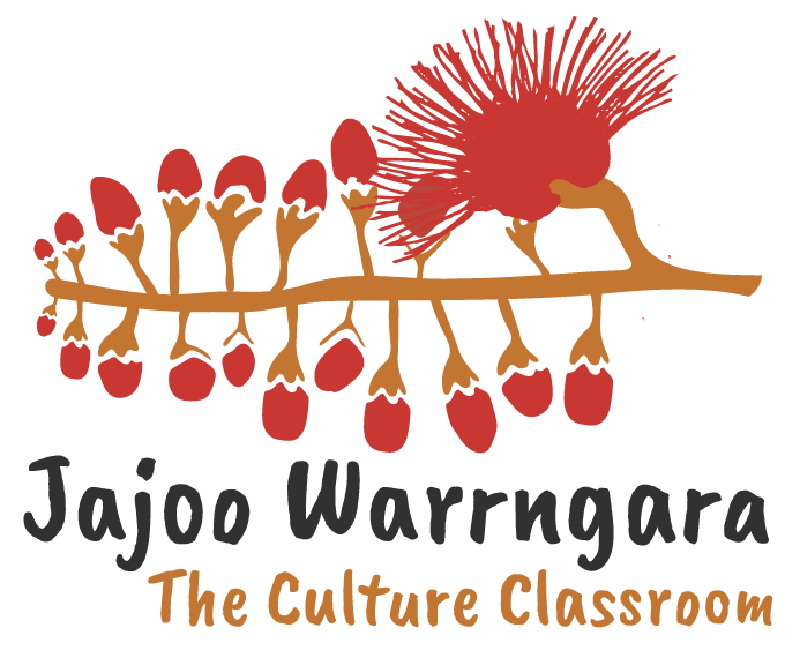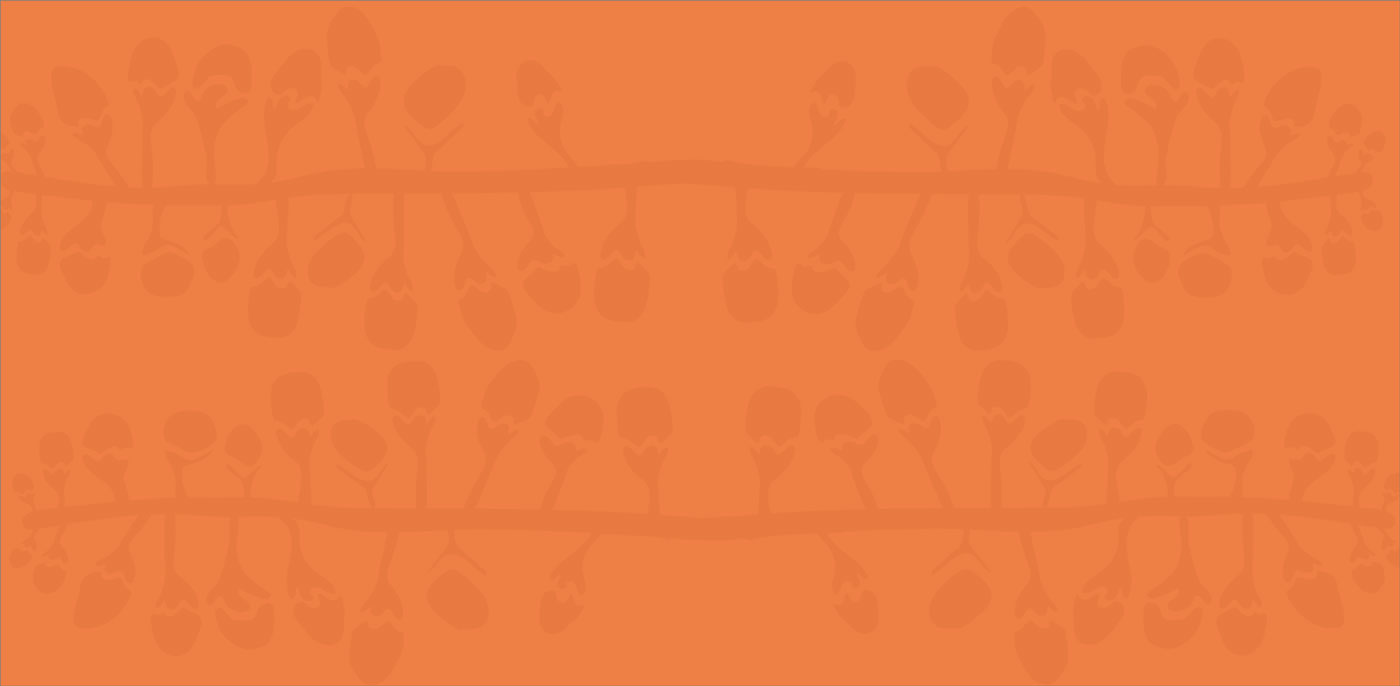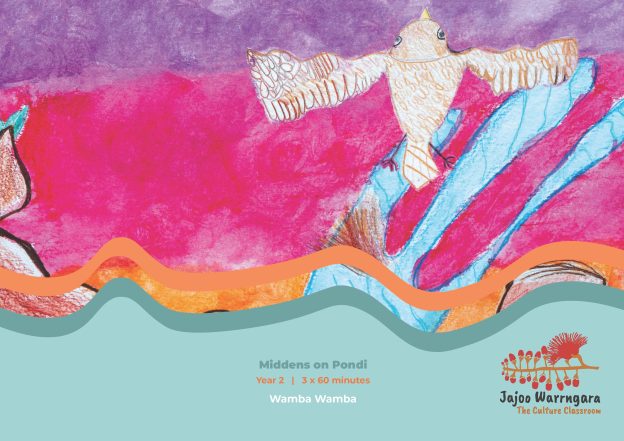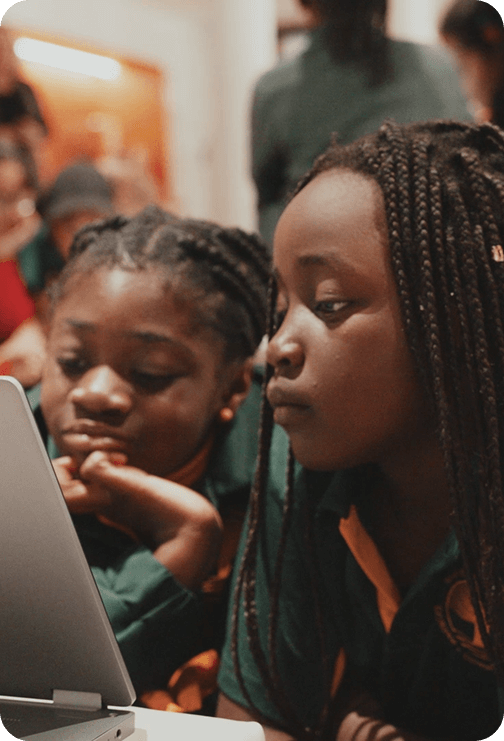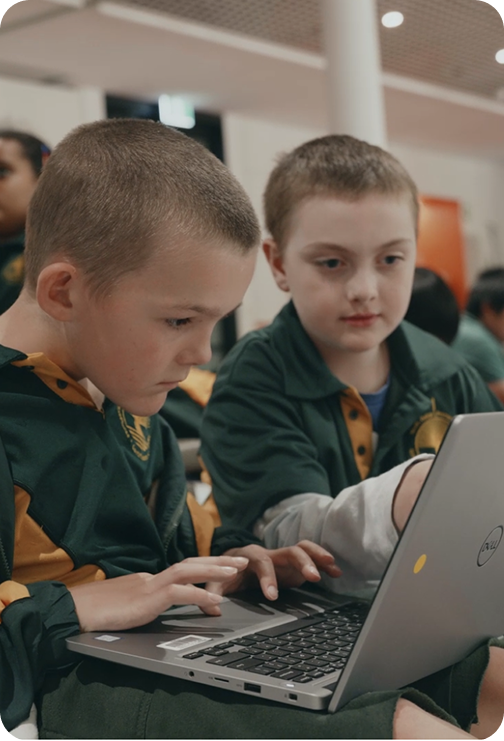AC9HS2K01 a local individual, group, place or building and the reasons for their importance, including social, cultural or spiritual significance
AC9HS2K02 how technological developments changed people’s lives at home, and in the ways they worked, travelled and communicated
AC9HS2K03 how places can be spatially represented in geographical divisions from local to regional to state/territory, and how people and places are interconnected across those scales
AC9HS2K04 the interconnections of Australian First Nations Peoples to a local Country/Place
AC9HS2S01 develop questions about objects, people, places and events in the past and present
AC9HS2S02 collect, sort and record information and data from observations and from provided sources, including unscaled timelines and labelled maps or models
AC9HS2S03 interpret information and data from observations and provided sources, including the comparison of objects from the past and present
AC9HS2S04 discuss perspectives related to objects, people, places and events
AC9HS2S05 draw conclusions and make proposals
AC9HS2S06 develop narratives and share observations, using sources, and subject-specific terms
